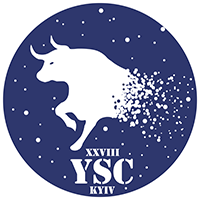Speaker
Description
Eclipsing dwarf novae are considered to be the perfect laboratories to study accretion. As high inclination systems, they allow to reconstruct the brightness distribution across the accretion disk using indirect techniques like Doppler tomography or eclipse mapping. However, such observations are very challenging. High quality data from large telescopes are needed and it is difficult to predict variability of dwarf novae (semi-periodic outbursts, superoutbursts or standstills). In order to select interesting and suitable targets for such observations, I performed a photometric monitoring program of bright, eclipsing dwarf novae. To cover both the northern and southern hemispheres, as well as obtain sufficient time resolution, I used two robotic networks of telescopes with diameters around 0.5 m – iTelescope and Skynet. I will present characteristics of both networks as well as preliminary results for the most interesting targets.

